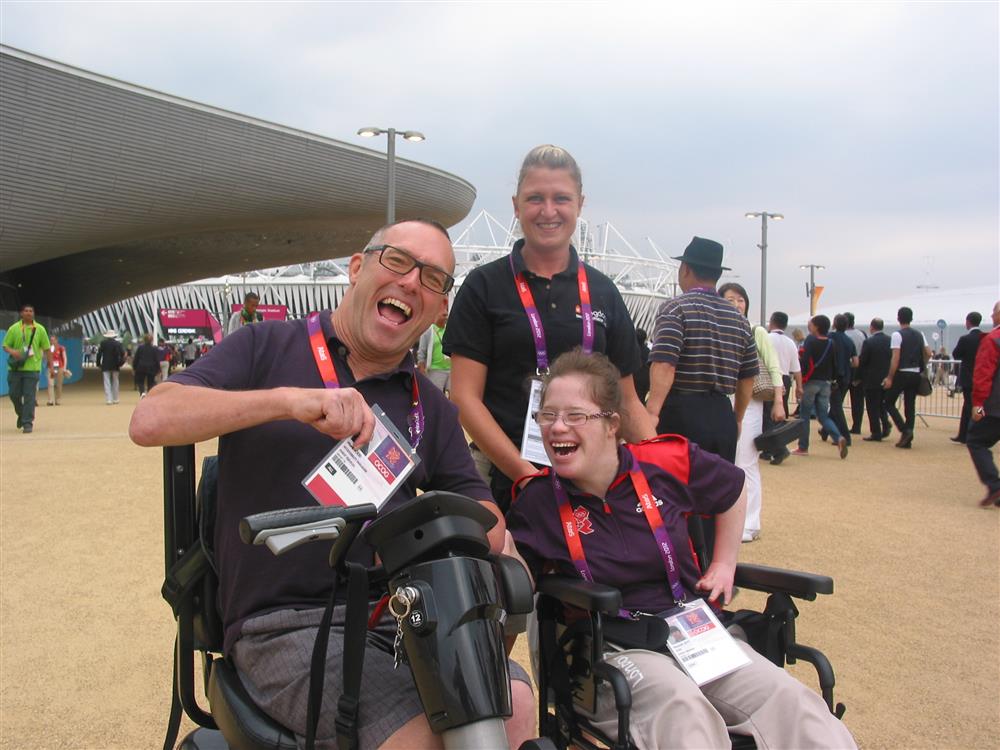NATIONAL E-ACCESSIBILITY POLICY
- Solution
- Comprehensive eAccessibility policy
- Organization
- Qatari Ministry of Information and Communication Technology of Qatar
- Country of Implementation
- Qatar
- Region
- Asia & Pacific
- Subregion
- MENA
- Start Year
- 2011
- First published
- 31.01.2014

Solution details
People
“Qatar’s comprehensive eAccessibility Policy is a first but highly significant step on the road to promoting a digital world that is accessible for Arabic-speaking people with disabilities.” David Banes, Mada Center, Qatar
Qatar’s National eAccessibility Policy addresses key issuesaround information and communication technologies. It laysthe foundations for an accessible ICT ecosystem that enables persons with disabilities to take full advantage of ICTs. Its goals are to reduce the following barriers: • Inaccessible websites and content • Inaccessible telecommunications services and supporting technologies • Inaccessible public access terminals/kiosks and ATMs • Limited usage and access to assistive technologies • Lack of accessible digital content, especially in Arabic.
Problems Targeted
Digital exclusion is widespread. In many countries accessible websites, digital content, kiosks, and emergency services are not available. One of the biggest challenges the Arab world faced was that Arabic did not feature in assistive technology. Qatar’s eAccessibility Policy is well on the way to reducing a number of the most severe barriers.
Solution, Innovation and Impact
Qatar’s National eAccessibility Policy addresses key issues around information and communication technologies: it requires all public domain websites to meet Level 'AA' of the Web Content Accessibility Guidelines 2.0 as well as W3C’s Mobile Web Best Practices Guidelines 1.0 by 2013 for new websites and 2015 for existing websites. It requires telecommunications service providers to provide accessible handsets, user interfaces and special rate plans (all 2011); relay (from 2013); and emergency services (2012). It requests that government agencies and banking institutions provide at strategic locations at least one fully accessible and/or universally designed ATM by 2013 and Public Access Terminal/Kiosk by 2015. It establishes a fund to improve access to assistive technologies and services and to develop practical guidelines. All producers of digital content should strive to increase the amount of accessible content in both English and Arabic so that it represents 5% of their total digital content available. All distributors of digital video programming in Qatar have to develop a plan that enables them to deliver digital video programming with either open or closed captioning. All materials produced are published under creative commons license.
Media
Pictures
Related information
- Connections
- 2
-
Organization
- People